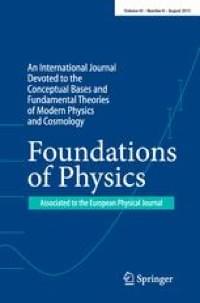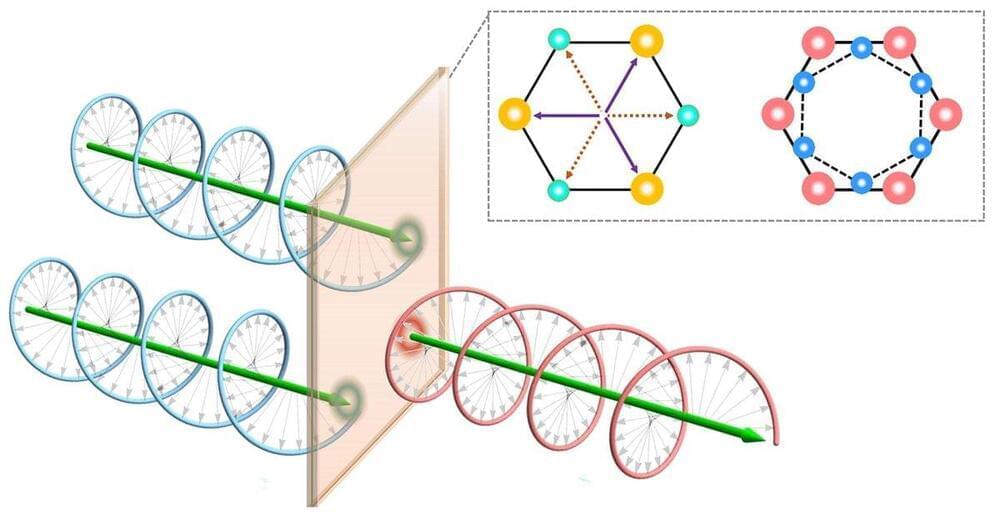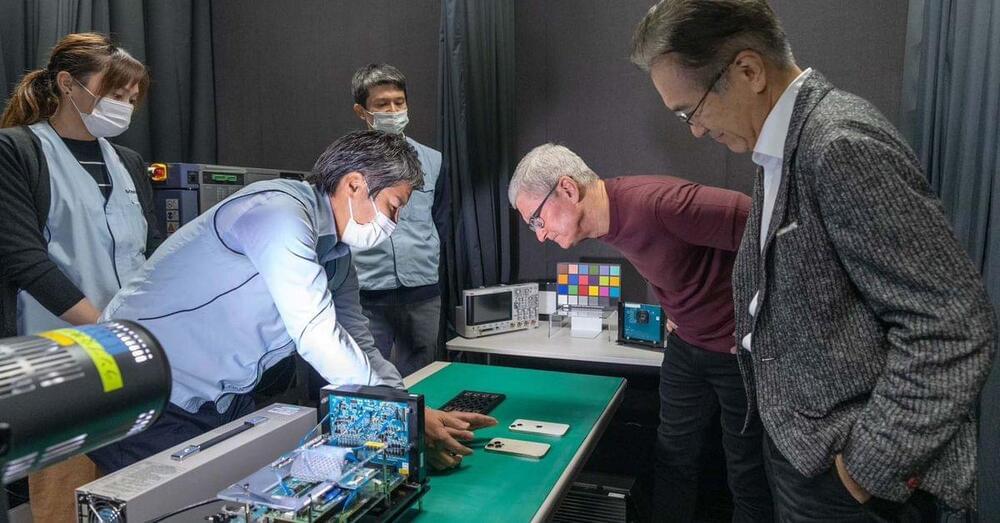Vertigo3d/iStock.
According to the firm, such TVs are part of its vision to advance the versatility of such screens, allowing users to utilize them in multiple ways. “To achieve this vision, it’s important to re-architect television by eliminating all common frustrations and making it extremely easy to secure televisions on any surface inside homes. By realizing this vision, Displace is effectively creating the next computing platform, and the potential applications are limitless.” said founder and CEO Balaji Krishnan.








